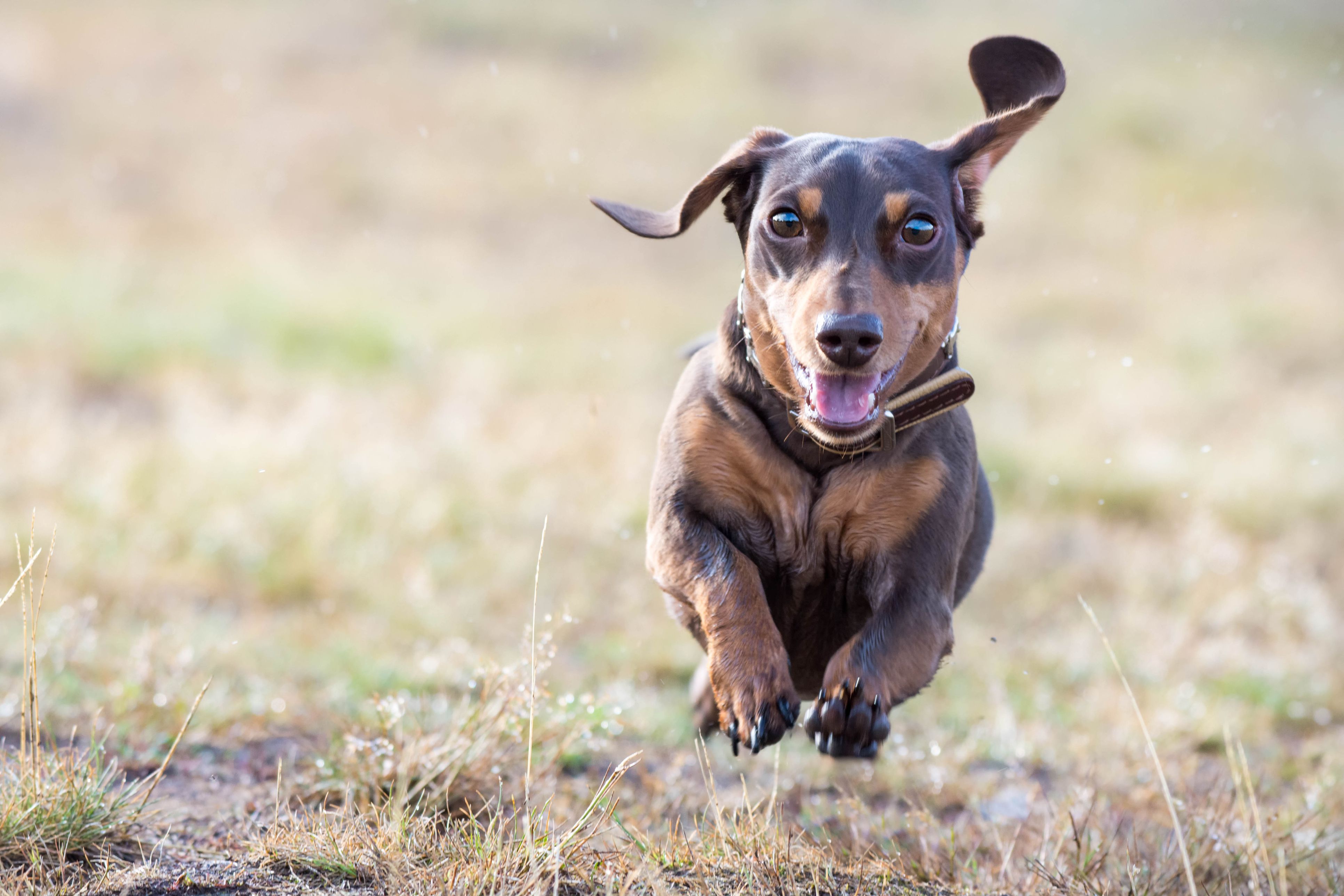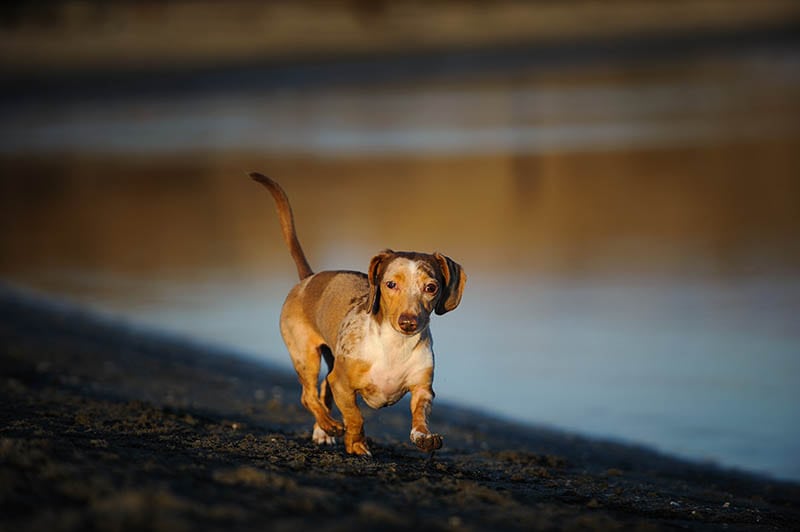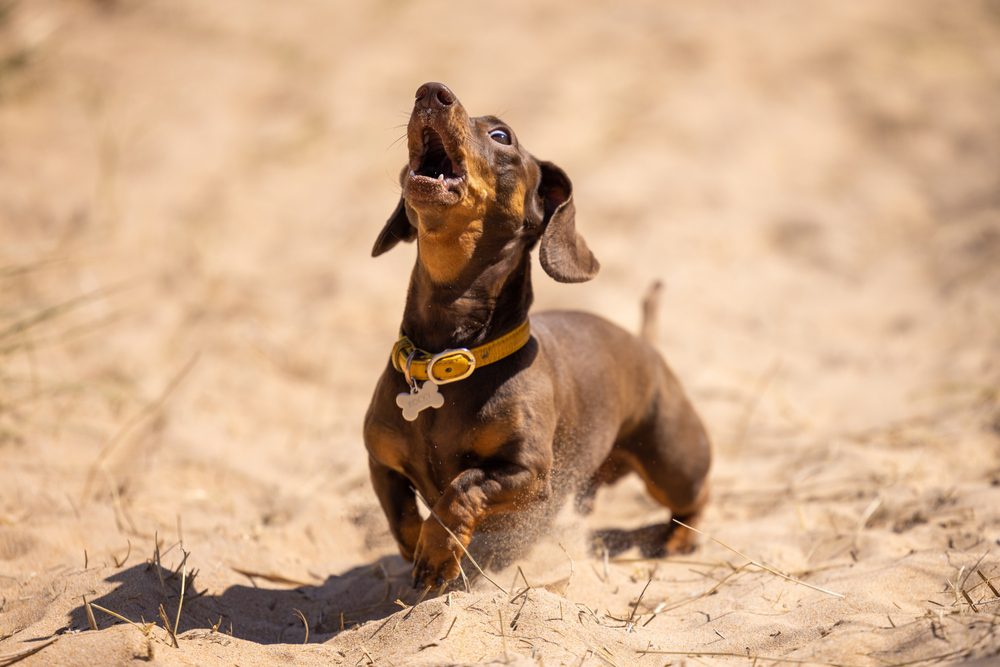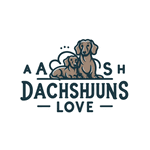The Dachshund, affectionately nicknamed the “sausage dog,” is celebrated for its distinct appearance and endearing personality. Among its variations lies the Kaninchen Dachshund, a miniature version that captivates with its smaller size while retaining the traits that make Dachshunds so beloved. Often mistaken for a toy breed, the Kaninchen combines boldness, loyalty, and a playful charm, making it an ideal pet for many households. This guide explores the history, physical characteristics, and best practices for living with both a Kaninchen Dachshund and a rabbit, ensuring a safe and balanced environment for both.
Contents
A Brief History of the Kaninchen Dachshund
The history of Dachshunds dates back to 15th-century Germany, where they were bred for hunting burrowing animals such as badgers. The Kaninchen Dachshund, named after the German word for “rabbit,” was developed in the early 20th century to hunt smaller prey, particularly rabbits. Breeders selectively bred smaller Dachshunds to preserve their iconic traits—long bodies, short legs, and a courageous spirit—while reducing their size.
Officially recognized by the American Kennel Club in 1895, the Kaninchen Dachshund became a popular family pet in the 20th century. Today, it is cherished for its compact size, vibrant personality, and unwavering affection.
Physical Features of the Kaninchen Dachshund
The Kaninchen Dachshund is a scaled-down version of its standard counterpart, embodying the breed’s signature characteristics in a smaller package. According to breed standards, the Kaninchen Dachshund weighs between 8–11 pounds and measures no more than 6 inches in height at the shoulder.
- Body Structure: Long, low-set, and compact, designed for burrowing and digging.
- Head and Expression: A distinctive elongated head, a prominent brow, and curious, expressive eyes.
- Coat Types:
- Smooth: Shiny and low-maintenance.
- Wirehaired: Coarse and rugged, requiring occasional grooming.
- Longhaired: Silky and luxurious, requiring regular brushing to prevent tangles.
Temperament and Behavior of Dachshunds and Rabbits

Understanding the natural tendencies of both Kaninchen Dachshunds and rabbits is key to fostering a peaceful coexistence.
Kaninchen Dachshund Personality
Bold and fiercely loyal, these small dogs have big personalities. While they are affectionate and playful, their hunting instincts and natural prey drive can make them view smaller animals—like rabbits—as quarry. Early training, positive reinforcement, and socialization are essential to managing this behavior. Despite their independence, they thrive on companionship and make wonderful family pets.
Rabbit Behavior
Rabbits are social, inquisitive, and gentle creatures but can be easily startled. They may exhibit territorial behavior or a “flight” response when they feel threatened. Creating a stress-free environment and respecting their boundaries are crucial to ensuring their comfort and well-being.
Steps for a Safe and Balanced Coexistence

1. Separate Living Spaces
Provide individual areas where each pet feels secure. A rabbit can have a hutch or enclosed pen, while the Dachshund benefits from a crate or a defined space within the home. This prevents accidental interactions and ensures each pet has its own safe retreat.
2. Gradual Introductions
- Scent Familiarization: Exchange items with each pet’s scent to help them acclimate to the other without direct contact.
- Visual Interaction: Allow the Dachshund and rabbit to observe each other from a safe distance—such as a rabbit in its enclosure and the Dachshund on a leash.
- Controlled Physical Meetings: When ready, introduce them in a neutral space with the Dachshund securely leashed. Let the rabbit explore at its own pace, while you monitor the interaction closely.
3. Supervision and Barriers
Always supervise early interactions. Baby gates or pet barriers can help maintain separation while allowing them to coexist in shared spaces safely.
4. Enrichment and Stimulation
Both pets need mental and physical stimulation to stay happy and reduce undesirable behavior. Provide toys, puzzles, and opportunities for exercise. Keeping them occupied minimizes negative interactions and creates a more harmonious environment.
Maintaining Harmony: Training and Socialization

Training Your Kaninchen Dachshund
Because of their independent streak, Dachshunds require consistent and positive reinforcement training. Teaching commands like “stay” and “leave it” can prevent unwanted behavior toward the rabbit. Reward calm and gentle behavior to encourage a positive association between the two pets.
Encouraging Positive Interactions
Reinforce friendly interactions by praising and rewarding your Dachshund when it behaves appropriately around the rabbit. This not only strengthens the bond between pets but also reinforces desirable behavior.
Socialization for Both Pets
Expose both pets to various stimuli, animals, and people to build confidence and reduce fear or aggression. A well-socialized Dachshund is less likely to view a rabbit as prey, while a confident rabbit is less likely to feel threatened.
Troubleshooting Challenges
Managing Aggression
If aggression arises, separate the pets immediately. Seek advice from a professional trainer or animal behaviorist to address the root of the issue and implement effective solutions.
Easing Rabbit Anxiety
Rabbits are naturally cautious. To reduce stress, ensure they always have a safe space to retreat to. Avoid forcing interactions and respect their comfort levels.
Conclusion
Creating a harmonious home for a Kaninchen Dachshund and a rabbit requires patience, consistency, and careful planning. By understanding their natural behaviors, introducing them gradually, and fostering positive interactions, you can ensure both pets feel safe and happy. With time and effort, it’s possible for these two very different animals to coexist peacefully and even form a unique bond.
